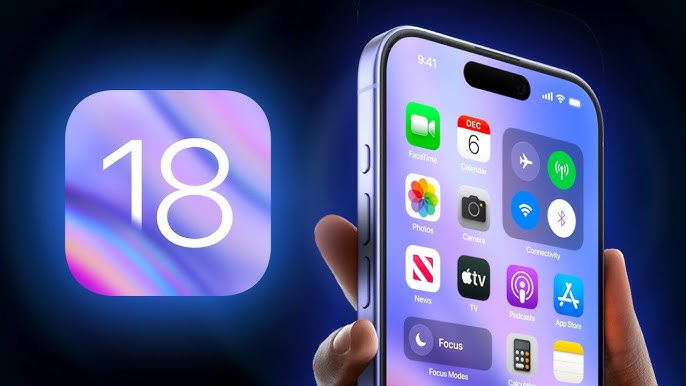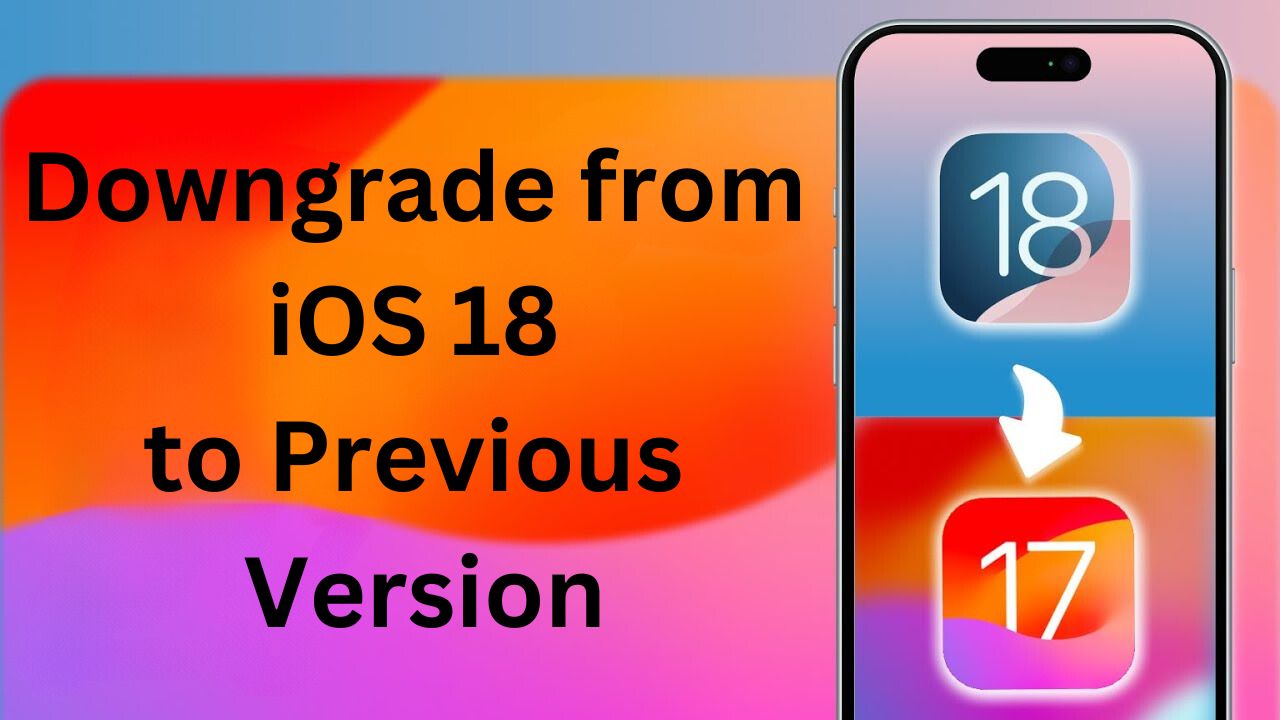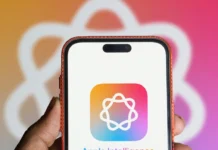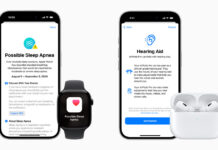Upgrading to iOS 18 can be exciting, but sometimes users encounter performance issues, bugs, or changes in the interface that make them wish to revert to a previous version of iOS. Unfortunately, Apple doesn’t make downgrading as easy as upgrading. However, it is still possible to downgrade from iOS 18 to a previous iOS version, provided that the earlier version is still being signed by Apple.
In this guide, we’ll walk you through the step-by-step process of downgrading from iOS 18 safely.

Important Considerations Before Downgrading
Before you proceed, there are a few critical points to keep in mind:
- Backup Your Data: Downgrading from iOS 18 will erase your data. Ensure you have backed up your iPhone via iCloud or iTunes/Finder before proceeding. However, note that backups made on iOS 18 will not be compatible with older iOS versions. You will only be able to restore backups made on an earlier iOS version.
- Signing Status: Apple only allows downgrades to versions that are still being “signed.” If Apple has stopped signing the version of iOS you want to downgrade to, it won’t be possible to revert.
- Possible Risks: Downgrading might fix bugs, but you may also lose some features or encounter incompatibility issues with apps optimized for iOS 18.
Also Read- Unable To Update iOS 18 On My iPhone 14 Due To Storage Issue: Fixed
Step-by-Step Guide to Downgrade from iOS 18
1. Download the IPSW File of the Older iOS Version
An IPSW file (iPhone Software) is the firmware needed to install a specific version of iOS. You will need the IPSW file of the iOS version you want to downgrade to, and it has to be signed by Apple.
To download an IPSW file:
- Visit trusted sources like ipsw.me or other IPSW hosting websites.
- Choose your device model (e.g., iPhone 14) and download the desired version of iOS.
Ensure you select the correct file for your device, as using an incorrect IPSW file will lead to errors.
2. Turn Off Find My iPhone
Before downgrading, you’ll need to disable Find My iPhone to avoid activation issues.
- Go to Settings > [Your Name] > Find My > Find My iPhone.
- Toggle Find My iPhone off and enter your Apple ID password to confirm.
3. Put Your iPhone in Recovery Mode
Next, you’ll need to put your iPhone into Recovery Mode. The process differs slightly depending on the iPhone model you’re using.
For iPhone 8 or later (including iPhone 14):
- Connect your iPhone to your computer using a Lightning cable.
- Quickly press and release the Volume Up button, then quickly press and release the Volume Down button.
- Press and hold the Side button until you see the Recovery Mode screen on your iPhone.
Your iPhone is now in Recovery Mode.
4. Open Finder (macOS) or iTunes (Windows)
Depending on your operating system, open Finder (for macOS Catalina and later) or iTunes (for Windows or macOS Mojave and earlier).
Once your iPhone is in Recovery Mode, a pop-up should appear on your computer screen asking if you want to restore or update your iPhone.
5. Install the IPSW File
Now, you’re ready to install the older version of iOS.
- Mac (Finder): Open Finder, select your device from the left-hand sidebar, and hold the Option key on your keyboard while clicking on Restore iPhone.
- Windows (iTunes): In iTunes, hold down the Shift key while clicking Restore iPhone.
A file dialog box will appear. Navigate to the folder where you saved the IPSW file, select it, and click Open.
6. Wait for the Installation Process to Complete
Once you’ve selected the IPSW file, the downgrade process will begin. Your iPhone will restart several times during the installation. Make sure the connection to your computer remains stable throughout the process. This step could take a few minutes.
7. Restore Your Backup (If Applicable)
After the downgrade process completes, your iPhone will boot up with the older iOS version. You can now choose to set up your iPhone as new or restore from a previous backup made on the downgraded version of iOS (not iOS 18).
If you want to restore from a previous backup:
- Open iCloud or iTunes (depending on where you backed up your data).
- Select the appropriate backup and restore your iPhone.
What If the Downgrade Fails?
If the downgrade fails, here are a few troubleshooting tips:
- Check Signing Status: Ensure the iOS version you’re attempting to downgrade to is still being signed by Apple. You can check the signing status on websites like ipsw.me.
- Use a Different USB Cable or Port: Sometimes the issue may be as simple as a faulty USB cable or port. Try using a different cable or port if the downgrade keeps failing.
- Update iTunes/Finder: Make sure you’re using the latest version of iTunes (if on Windows) or macOS for Finder to ensure compatibility during the downgrade process.
Conclusion
Downgrading from iOS 18 to an earlier version can help you avoid bugs, performance issues, or compatibility problems, but it’s important to be aware of the risks. Always ensure you have a backup of your data and that the version of iOS you wish to revert to is still signed by Apple.
By following the detailed steps above, you’ll be able to safely downgrade your iPhone and enjoy a more stable or familiar iOS experience.





































